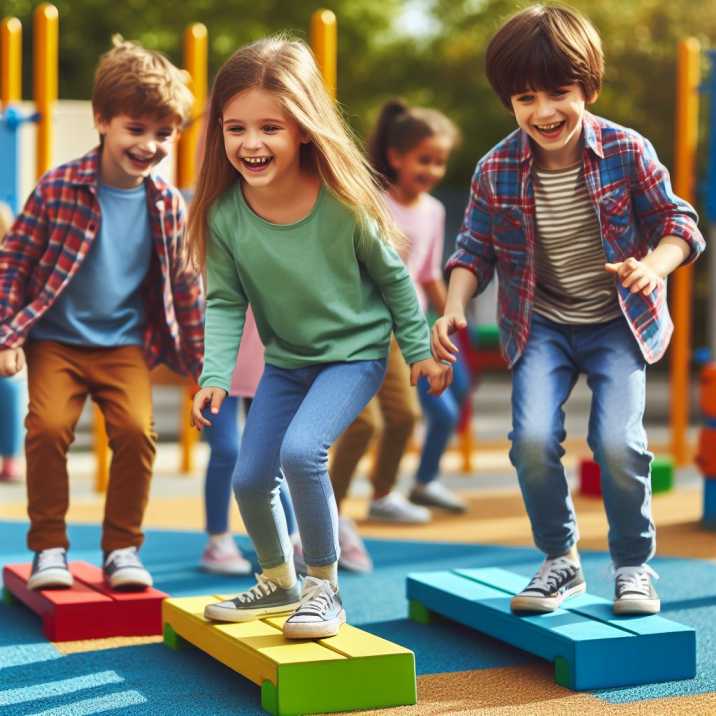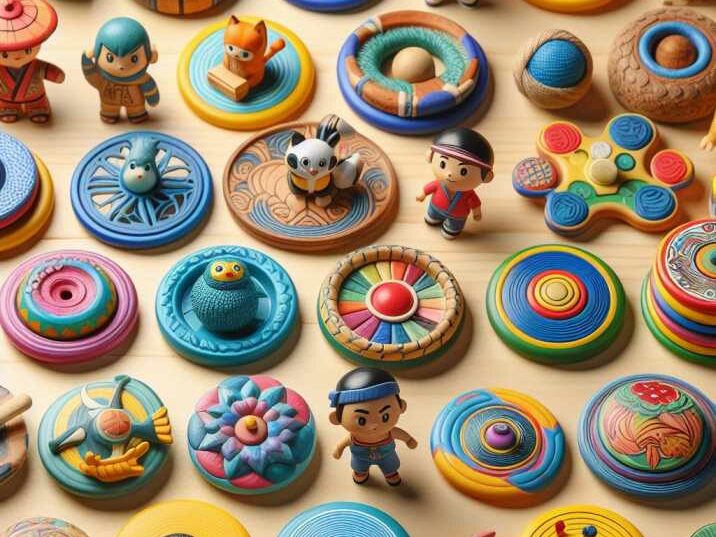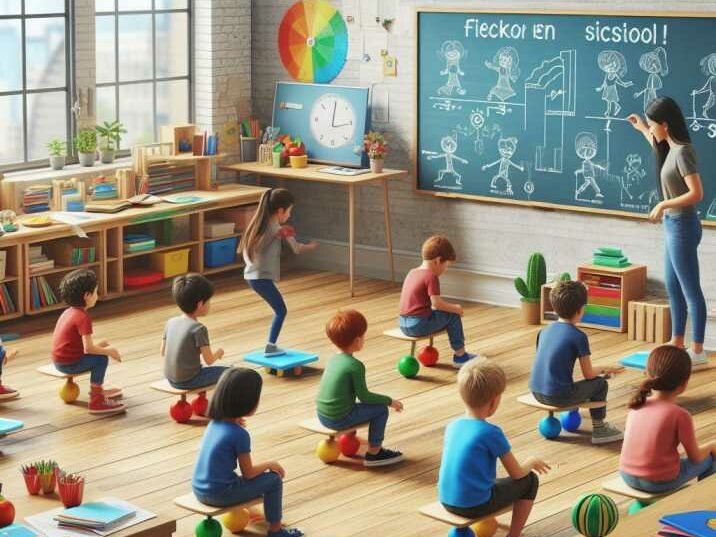Balancing Boards and Discs for Kids
Table of Contents
Introduction
In a world filled with gadgets and screens, promoting physical activity and development in kids is crucial. This article delves into the benefits of using balancing boards and discs for kids as tools to enhance stability in children. From improving motor skills to fostering better concentration, these simple yet effective devices offer a holistic approach to child development.
The Playful Journey to Stability: Balancing Boards Unveiled
Embarking on a journey towards stability need not be dull; instead, it can be an exciting adventure for kids. Balancing boards, with their vibrant colors and dynamic designs, turn the process into a playful experience. These tools, balancing boards and discs for kids not only aid in physical stability but also make it an enjoyable activity for kids of all ages.

The Science Behind Stability
Understanding the science behind stability is crucial to appreciating the effectiveness of balancing boards and discs for kids. As kids engage with these tools, they activate various muscle groups, improving proprioception and enhancing their overall sense of balance. This section explores the physiological benefits, making the case for these tools as essential elements in child development.
Integrating Balancing Boards into Everyday Play
Incorporating ]balancing boards and discs for kids seamlessly into everyday play routines is a parenting hack worth exploring. This section provides practical tips and creative ideas for integrating these tools into games, making stability development an inherent part of a child’s daily activities.
Disc-O-Fun: The Versatility of Balancing Discs
Balancing discs add an extra layer of versatility to stability development. This section explores the various types of balancing discs available and how they contribute to improving core strength, coordination, and spatial awareness in children.

Balancing Acts in the Classroom
Beyond the playground, balancing boards and discs can find a place in the classroom, enhancing the learning environment. This section discusses the positive impact of incorporating these tools into educational settings, creating a more engaging and physically active learning experience for children.

Parental Guidance: Navigating the World of Balancing Boards
For parents eager to introduce balancing boards and discs into their child’s routine, this section serves as a comprehensive guide. From choosing the right equipment to understanding safety measures, it provides valuable insights for ensuring a secure and enjoyable experience for kids.
Content:
Balancing boards and discs for kids offer an engaging path to developing stability in kids. In a world filled with screens, these playful tools become essential in promoting physical activity and overall well-being. The journey begins with understanding the science behind stability. As kids interact with these vibrant boards, they activate muscle groups, enhancing proprioception and refining their balance.
The playfulness ofbalancing boards and discs for kids is evident in their dynamic designs and colors. This isn’t just about stability; it’s about turning a developmental milestone into a joyful experience. The science behind these tools goes beyond the surface – they contribute to improved motor skills, concentration, and overall physical health.
To integrate these tools seamlessly into daily life, parents can adopt creative strategies. From incorporating balancing boards into games to making them a part of routine activities, the possibilities are endless. The versatility of balancing discs adds an extra layer of excitement, contributing to core strength, coordination, and spatial awareness in children.
Classrooms can also benefit from the introduction of balancing boards. The positive impact on learning environments is evident, creating an engaging and physically active space for students. Beyond the educational setting, parents can find guidance on choosing the right equipment and ensuring a safe experience for their children.
Conclusion
In conclusion, balancing offers a holistic approach to stability development for kids. This article serves as a comprehensive guide on balancing boards and discs for kids, emphasizing the playfulness, science, and practical integration of these tools. Let the journey to stability be a fun and vibrant adventure for every child.
Frequently Asked Questions (FAQs)
1. Q: How do balancing boards contribute to the development of stability in kids?
- A: Balancing boards engage various muscle groups, enhancing proprioception and refining balance, thus promoting stability in children.
2. Q: At what age can kids start using balancing boards?
- A: Balancing boards can be introduced to kids as young as 3 years old, with age-appropriate designs and supervision for safety.
3. Q: Are balancing boards suitable for children with special needs?
- A: Yes, many balancing boards are designed to accommodate children with special needs, offering inclusive opportunities for physical development.
4. Q: How can parents incorporate balancing boards into everyday play at home?
- A: Parents can integrate balancing boards into games, use them in obstacle courses, or make them a part of daily routines like storytime or playtime.
5. Q: What are the benefits of using balancing discs in addition to balancing boards?
- A: Balancing discs add versatility, contributing to core strength, coordination, and spatial awareness in kids, complementing the benefits of balancing boards.
6. Q: Can balancing boards be used in educational settings?
- A: Absolutely, balancing boards can be integrated into classrooms to create a more engaging and physically active learning environment, fostering better concentration.
7. Q: How do I choose the right balancing board for my child?
- A: Consider the child’s age, weight capacity of the board, and safety features. Choose boards with non-slip surfaces and age-appropriate designs.
8. Q: Are there any safety precautions to keep in mind while using balancing boards?
- A: Always supervise young children, ensure the boards are placed on a flat surface, and use protective gear if necessary. Start with basic movements before progressing to more advanced exercises.
9. Q: Can balancing boards be used indoors as well as outdoors?
- A: Yes, many balancing boards are versatile and can be used both indoors and outdoors, providing flexibility for play in different environments.
10. Q: How often should kids use balancing boards for optimal development? – A: While there’s no strict rule, incorporating balancing boards into play a few times a week can contribute to optimal physical and developmental benefits for kids.


